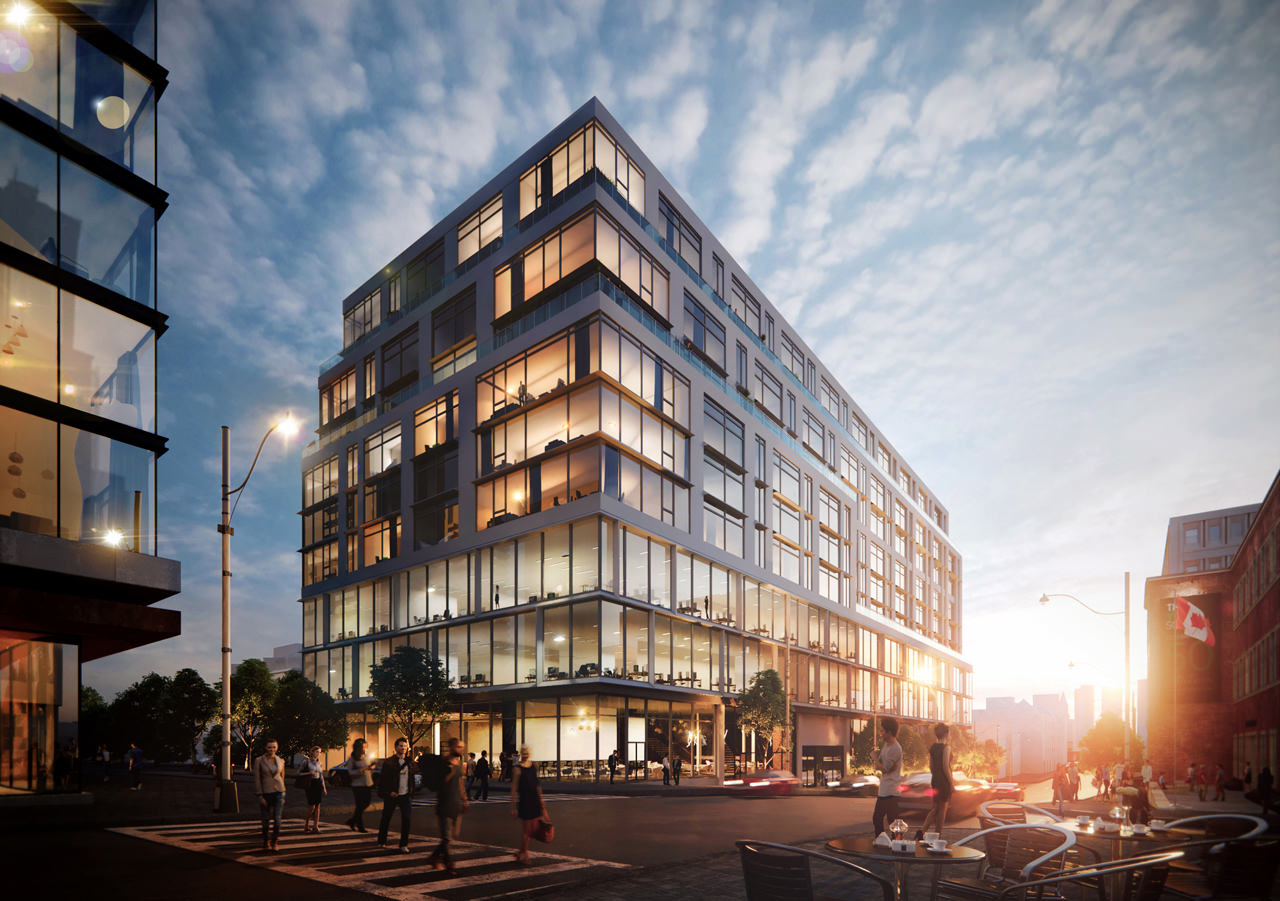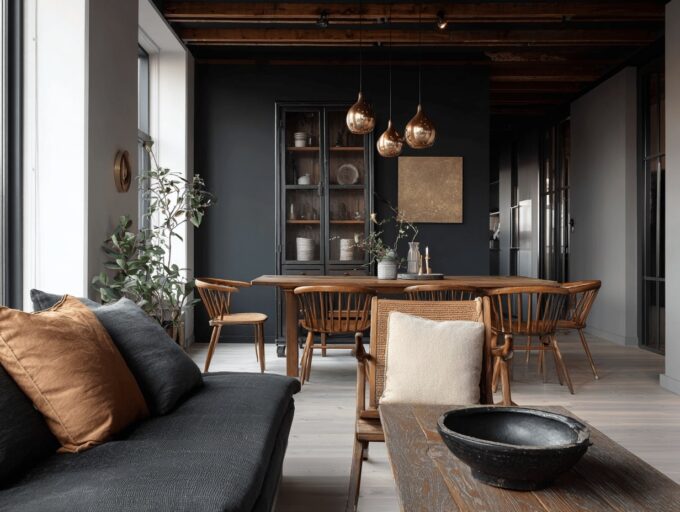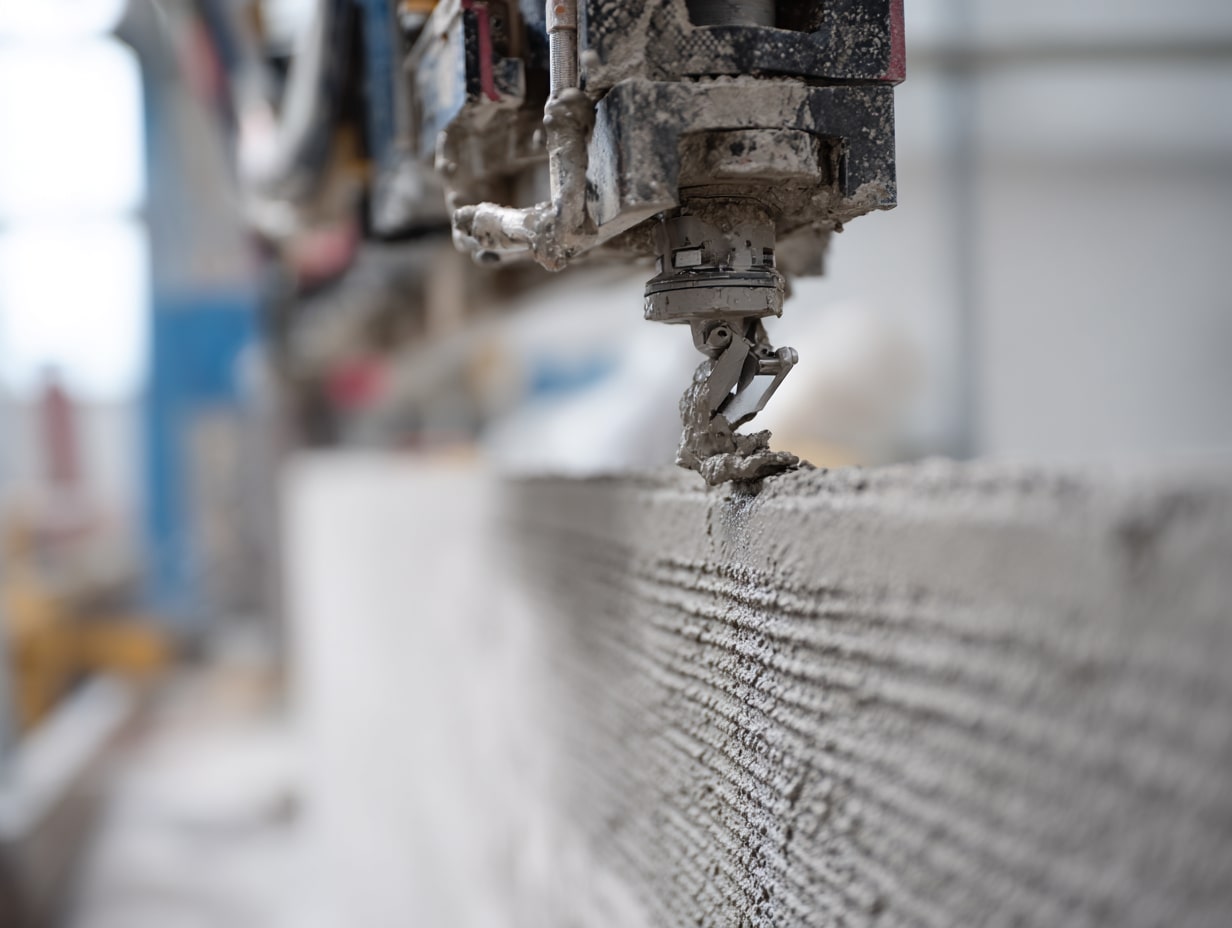- Home
- Articles
- Architectural Portfolio
- Architectral Presentation
- Inspirational Stories
- Architecture News
- Visualization
- BIM Industry
- Facade Design
- Parametric Design
- Career
- Landscape Architecture
- Construction
- Artificial Intelligence
- Sketching
- Design Softwares
- Diagrams
- Writing
- Architectural Tips
- Sustainability
- Courses
- Concept
- Technology
- History & Heritage
- Future of Architecture
- Guides & How-To
- Art & Culture
- Projects
- Interior Design
- Competitions
- Jobs
- Store
- Tools
- More
- Home
- Articles
- Architectural Portfolio
- Architectral Presentation
- Inspirational Stories
- Architecture News
- Visualization
- BIM Industry
- Facade Design
- Parametric Design
- Career
- Landscape Architecture
- Construction
- Artificial Intelligence
- Sketching
- Design Softwares
- Diagrams
- Writing
- Architectural Tips
- Sustainability
- Courses
- Concept
- Technology
- History & Heritage
- Future of Architecture
- Guides & How-To
- Art & Culture
- Projects
- Interior Design
- Competitions
- Jobs
- Store
- Tools
- More
Architectural Rendering Softwares and Must-Have Features

Architectural rendering software has revolutionized the way architects and designers create and present their designs. These powerful tools allow for the creation of detailed, realistic 3D models and visualizations of buildings, spaces, and environments. In this essay, we will explore the various types of architectural rendering software, their benefits, and how they are used in the architecture and design industry.
Architectural rendering software can be broadly categorized into two main types: real-time rendering software and offline rendering software. Real-time rendering software, also known as game engines, allows for interactive, real-time rendering of 3D models. These software applications are often used for virtual reality (VR) and augmented reality (AR) applications, as well as for creating interactive walkthroughs of building designs. Examples of real-time rendering software include Unreal Engine, Unity, and Lumion.

Offline rendering software, on the other hand, is used for creating high-quality still images and animations of 3D models. These software applications use complex algorithms to simulate lighting, shading, and other physical properties of materials and environments. Offline rendering software is often used for creating photo-realistic renderings of building designs for use in marketing materials, presentations, and client proposals. Examples of offline rendering software include V-Ray, Corona Renderer, and Arnold.
Benefits of Architectural Rendering
One of the biggest benefits of using architectural rendering software is the ability to create realistic visualizations of building designs. By using advanced rendering algorithms and techniques, these software applications can simulate the look and feel of real-world materials and environments, allowing architects and designers to create highly accurate representations of their designs. This can be especially useful in helping clients and stakeholders visualize a design before it is built. Moreover, the integration of 3D architectural visualization into these software applications takes this capability to the next level, providing an even more immersive and detailed experience for clients and stakeholders, allowing them to explore every aspect of the design in a virtual environment before construction begins.
Another benefit of architectural rendering software is the ability to make changes and revisions to a design quickly and easily. By creating 3D models and visualizations of a design, architects and designers can easily make changes to the design and see the results in real-time. This can help to streamline the design process and reduce the time and cost associated with making changes to a physical prototype.

Architectural rendering software is also useful for creating marketing materials and presentations. By creating high-quality, photo-realistic renderings of building designs, architects and designers can create compelling visuals that help to sell their designs to clients and stakeholders. These renderings can be used in brochures, websites, and other marketing materials to showcase a design and generate interest in a project.
architectural rendering software is a powerful tool for architects and designers that allows them to create detailed, realistic 3D models and visualizations of building designs. By using advanced rendering algorithms and techniques, these software applications can simulate the look and feel of real-world materials and environments, making it easier for clients and stakeholders to visualize a design before it is built. Whether it’s used for creating interactive walkthroughs or photo-realistic renderings, architectural rendering software has become an essential tool in the architecture and design industry.
Features of Architectural Rendering Softwares
Realistic materials
The software should be capable of creating realistic and accurate material textures and finishes for surfaces such as wood, metal, glass, and concrete.
Accurate lighting and shading
The software should be able to accurately simulate the behavior of light and shadow, including reflections, refractions, and shadows, to create a realistic representation of the design.
High-quality textures and 3D models
The software should offer a wide range of high-quality textures and 3D models, including plants, furniture, and architectural elements, to help create a realistic scene.
Ease of use
The software should have an intuitive and user-friendly interface, making it easy for architects and designers to create their designs quickly and efficiently.
Customization
The software should offer a high degree of customization, allowing users to adjust settings such as lighting, materials, and camera angles to create the desired effect.
Integration with 3D modeling software: The software should integrate seamlessly with popular 3D modeling software such as SketchUp, Rhino, and Revit.

Real-time rendering
Real-time rendering capabilities allow architects and designers to make changes to the design on the fly and see the results in real-time.
Collaboration features
The software should offer collaboration features, allowing architects, designers, and stakeholders to easily share and comment on designs, making it easier to get feedback and make changes.
The must-have features of architectural rendering software can vary depending on the specific needs and requirements of the project at hand. However, here are some of the key features that are commonly sought after in rendering software:
- V-Ray
- Corona Renderer
- Lumion
- Unreal Engine
- Enscape
- Octane Render
- Arnold Renderer
- Maxwell Render
- Redshift
- KeyShot

Submit your architectural projects
Follow these steps for submission your project. Submission FormLatest Posts
How Much Time Does It Take to Install Impact-Resistant Windows and Doors
Introduction Upgrading your home’s windows and doors can feel like a big...
How to Furnish Your New Home in 24 Hours (Without Picking Up a Screwdriver)
The keys have been handed over. The lease is signed. You are...
3D Printed Homes: Time, Cost, and What to Expect
3D printed homes explained: realistic timelines (24–72h walls, 8–16 weeks total), true...
How a Contact Centre Boosts Trust in Your Building Business
In construction, trust is the glue that holds projects together. Clients need...












Leave a comment